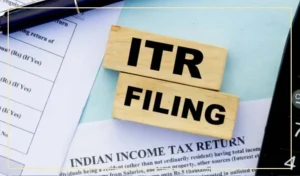SEBI (Securities and Exchange Board of India) has introduced new risk measures to curb growing speculation in the Futures and Options (F&O) market.
These changes, based on the consultation paper from February, will affect open interest calculations, position limits, and expiry rules.
SEBI’s Main Goal
SEBI aims to reduce speculation and prevent market manipulation. Experts believe the goal is also to reduce the losses faced by retail traders.
Key Changes in SEBI’s New Rules
Open Interest (OI) Calculation
A new delta-based model or future equivalent method will be used. This links derivative prices with their underlying security to better track positions.
Index Options Limit
The total gross limit for index options will now be ₹10,000 crores. This was increased from ₹1,500 crores, based on industry feedback from the February consultation paper.
Market-Wide Position Limit (MWPL) for Single Stock
MWPL will be set at either 15% of free float or 65 times the average daily delivery value, whichever is lower.
FPIs and Mutual Funds: Limited to 30% of MWPL.
Retail Investors: Limited to a maximum of 10% of MWPL.
Changes in F&O Expiry
Expiry will now occur only twice a week. Any changes to the expiry schedule will require SEBI’s prior approval.
This rule will mainly impact newer exchanges like the Metropolitan Stock Exchange.
Intraday Monitoring
Exchanges will conduct four random intraday checks daily and must create and follow a Standard Operating Procedure (SOP).
F&O Market Trends
A SEBI survey from 2021 to 2024 shows that 93% of individual traders lost money in F&O trading.
While index options volume has dropped by 15% annually, it is still 11% higher than in 2022.
Retail trader participation has decreased by 5% each year but remains 34% higher than 2022.
SEBI aims to control excessive trading while keeping market liquidity intact. These new rules will reduce speculation and help retail traders better understand their risks.
























